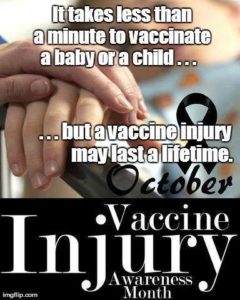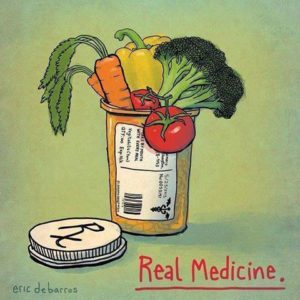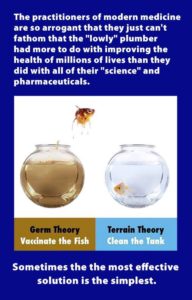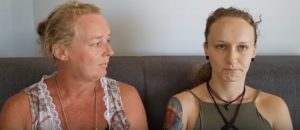
Most important point – DON’T TRUST YOUR DOCTOR! Do your own homework. Doctors are educated by drug companies who have a profit bias. They have been fined BILLIONS of dollars for unethical conduct, including suppression of negative results from clinical trials. Their products maim and kill on a regular basis yet are promoted as “safe and effective”. NOTHING could be further from the truth! Vaccines especially are toxin laden time bombs that maim or kill instantly or slowly.
http://vaccineimpact.com/2017/gardasil-vaccine-victims-i-just-believed-everything-the-doctors-told-me/
Vaccine Injury Awareness Month
Real Medicine
The end of Modern Medicine has arrived, according to the WHO

Dr. John Turnidge, Chairman of the Australian Expert Committee which examined animal and human antimicrobial resistance, says human antibiotic usage can be halved, drug companies can stop trying to refine antibiotics used for animals to make them suitable for humans, and human and animal drug use can be kept separate.
https://www.naturalnews.com/035890_antibiotics_resistance_WHO.html
Lower Your Cancer Risk By Raising Your D3 Levels!
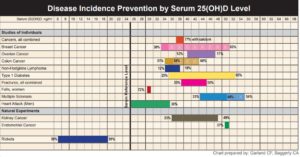
You may have seen my post previously about vitamin D3 levels being beneficial.
http://www.grassrootshealth.net/media/download/disease_incidence_prev_chart_032310.pdf
Vaccine Injury Clinic
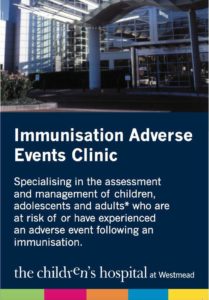
The politicians continue to push the “vaccines are safe and effective” lie yet we have a hospital clinic dedicated to Immunization Adverse Events. We need to out communicate them with the truth. Please share.
VIC Minister for Sickness, Jill Hennessy, says there are NO risks to any vaccines. Yet Westmead has an entire department for those who react. Who’s telling porkie pies, Jill, you naughty girl you!
So children are being mandated to be vaccinated, but don’t panic folks, because after they are brain injured, we do have a clinic to discuss this reaction with you and convince you that it would of happened anyway, that it’s just a coincidence that your child was developing normal and then regressed.
Who Is To Blame? Shifting the blame is the essence of the big lie.
Parasites
I just added a new chapter on Parasites to my book. Thought it might be of interest to you…
I sourced this on Facebook from Pamela Evans Gerry an ex nurse.
As a colon-hydrotherapist, I can vouch for the parasitical epidemic that has been sweeping our nation for at least the last 12 years. 7 out of 10 clients have infestation. This situation may have developed by design; as an RN, I have been noting changes made by the System since 1975. It was unwritten protocol at that time, that if I gave Mrs Smith a round of antibiotics, I automatically piggy-backed 5 days of Nystatin, because everyone knew that yeast would explode post antibiotic therapy.
In 1979, the docs told us, “Discontinue that Nystatin piggy back protocol, and just tell Mrs. Smith to eat a lot of yogurt when she goes home.” That’s like peeing in the ocean and thinking you can change the tide – totally ineffective, but as nurses who trusted doctors, we didn’t think anything of it.
Now, as a Microbiome Optimizer, I am aware that that action benefited the microbes, not the humans.
I had a retired cardiac surgeon in my office a few months ago and I asked him, “Do you remember when we did that Nystatin-post-antibiotic therapy protocol?” He did. Then I asked, “Why did we stop that; microbially, it was the exact wrong step to take?” He smiled, hesitated a moment and said, “I guess we doctors were being stupid?”
Ah- no way; whoever was giving the orders knew exactly what they were doing. To this day, many docs smirk when ‘Candida’ is mentioned; they don’t believe in it.
‘Fungal Pathology’ and ‘Parasitology’ were taken out of Core curriculum in most meds schools around 1980, when pharmaceutical companies began to endow them.
The word for ‘cancer’ in 1840 was ‘fungation’ – read old med books; most references to this have been taken off the Internet today.
In the 1930’s American Moms knew that you de-worm your horses, cows, cats and dogs and you de-worm your kids, too. They often mixed Castor oil, DE, wormwood and molasses and had the family drink it in the Fall and in the Spring, and it was brilliant because it interfered with the life cycle of invaders.
Did they learn that from Mother Lore or the old country docs? Whatever the case, that knowledge has been removed from us, and replaced with the mantra “Parasites are a 3rd world nation issue”
I am trying to find out when that was first said, and who said it. That was a ruse, too. Add to all of this the fact that Wi-Fi feeds parasites, and we have the situation we have today.
I have asked friends who are docs, “what are you doing about this parasite explosion we are seeing?” They tell me they ‘didn’t have parasitology in med school’, so they don’t suspect that parasites could be the cause of a myriad of symptoms. To rule out parasitical infestation today, the docs who even consider it then ask- “Have you been out of the country recently?” (That mantra has them blindsided.)
There are more details to this story, but it seems obvious that the deck is stacked to ensure that the System never runs out of customers, because if you don’t suspect parasites are causing your symptoms, their tenacity and progressive natures will not stop, but you will be barraged with all kinds of ‘treatments and meds/ surgeries’ that will eventually bankrupt you, and hopefully not kill you.
Free healthcare for all? Not with this System; it should be imploded before we try to figure out how to best give everyone on the planet access to true health care.
~~~~~~~~~~
The powerful allicin in garlic protects against yeast, parasites, bacteria, Candida, and more. Allicin is one of the active principles in freshly crushed garlic homogenates, which has a variety of antimicrobial activities. Keep in mind that this is especially powerful within raw garlic!
A blood reader told me to take ten cloves of raw garlic a day for 10 days to help cleanse my liver. I told this to a Naturopath who called in to pick up some custom food bars I had made for her and she said, “Well that will certainly kill any parasites you have!”
Germ Theory Versus Terrain Theory There it is then!
Neurontin and Lyrica Are A Death Sentence For New Brain Synapses
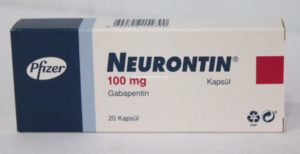
Drug destruction of health in another form…
http://ushealthtimes.com/neurontin-and-lyrica-are-a-death-sentence-for-new-brain-synapses/

